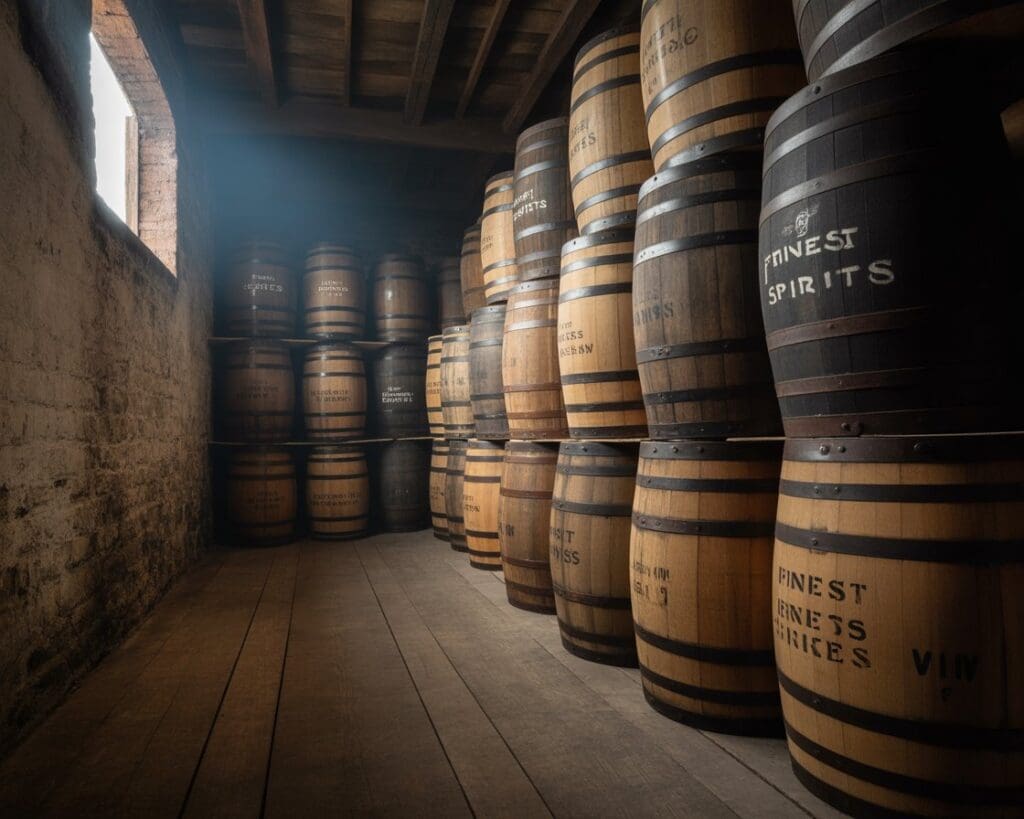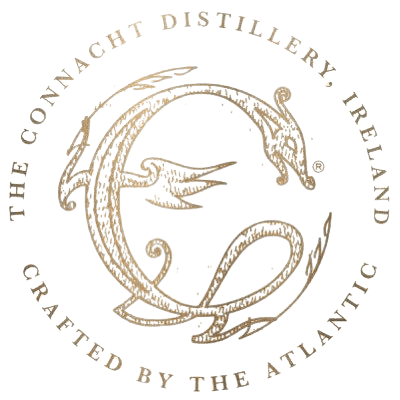The whiskey investment market has experienced remarkable momentum in 2025, continuing its upward trajectory as one of the most compelling alternative investment assets. As we move through the year, collectors, investors, and institutions are taking notice of the substantial returns and portfolio diversification benefits that rare whiskey and cask investments offer.
Market Performance Overview
The whiskey investment sector has demonstrated impressive resilience and growth throughout 2025, building on the strong foundations established in previous years. Industry data suggests that rare whiskey investments have continued to outperform many traditional asset classes, with some segments showing double-digit appreciation.
Driving Forces Behind 2025 Growth
Global Wealth Expansion
The increasing number of high-net-worth individuals worldwide has created a larger pool of potential whiskey investors. As traditional investment markets face volatility, affluent investors are seeking tangible assets that offer both enjoyment and financial returns.
Supply Constraints
The whiskey industry’s production constraints continue to support investment growth. Unlike many commodities, whiskey requires years or decades of aging, creating natural scarcity. Distilleries that closed decades ago or limited production runs from prestigious distilleries have become increasingly valuable.
Institutional Recognition
2025 has seen growing institutional acceptance of whiskey as a legitimate alternative investment. Several investment funds now include rare spirits in their portfolios, bringing professional management and larger capital allocations to the market.
Digital Innovation
The rise of fractional ownership platforms and blockchain-based authentication has made whiskey investment more accessible. These technological advances have attracted younger investors and reduced barriers to entry for smaller investors.
Regional Market Highlights
Ireland
Irish whiskey has emerged as an undervalued segment with strong growth potential. Historical brands and new premium releases have attracted investors seeking diversification within their whiskey portfolios.
Scotland
Scottish single malt whiskey remains the cornerstone of the investment market. Distilleries like Macallan, Bowmore, and Port Ellen continue to set auction records. The closure of several distilleries in recent decades has created particularly strong investment opportunities in “ghost distillery” bottles.
Japan
Japanese whiskey has maintained its position as one of the fastest-growing segments. Brands like Yamazaki, Hibiki, and Karuizawa have seen exceptional price appreciation, driven by limited production and growing international recognition.
United States
American whiskey, particularly bourbon and rye, has gained significant investor attention in 2025. The craft distillery boom and premium expressions from established distilleries like Buffalo Trace and Heaven Hill have created new investment opportunities.
Investment Structures and Approaches
Cask Investment
Whiskey cask investment has become increasingly sophisticated in 2025. Investors can purchase entire casks from distilleries, allowing them to benefit from the maturation process over time. This approach offers several advantages:
- Direct ownership of the aging whiskey
- Potential for significant appreciation as the whiskey matures
- Flexibility to bottle at optimal times
- Professional storage and insurance services
Bottle Collection
Rare bottle collecting remains popular among individual investors. This approach focuses on acquiring limited releases, discontinued expressions, and bottles from closed distilleries. The secondary market for these bottles has shown consistent growth throughout 2025.
Fund Investments
Several whiskey investment funds launched in 2025 offer professional management and diversified exposure to the market. These funds typically focus on acquiring rare bottles and casks, providing investors with expert curation and market access.
Risk Considerations
While whiskey investment has shown strong performance, potential investors should consider several risk factors:
Market Liquidity: The whiskey market can be less liquid than traditional investments, potentially making it challenging to sell quickly.
Authentication: The risk of counterfeit bottles remains a concern, though technological solutions are improving verification processes.
Storage Costs: Proper storage and insurance add ongoing costs that can impact returns.
Market Volatility: Like all investments, whiskey values can fluctuate based on market conditions and consumer preferences.
Looking Ahead
The whiskey investment market’s growth in 2025 appears to be built on solid fundamentals rather than speculative bubbles. Several factors suggest continued positive momentum:
- Growing global appreciation for premium spirits
- Limited supply from aging requirements
- Increasing institutional participation
- Technological improvements in market access and authentication
However, potential investors should approach whiskey investment as part of a diversified portfolio and consider their risk tolerance and investment timeline carefully.
Investment Tips for 2025
For those considering whiskey investment in 2025, industry experts suggest:
- Start with Education: Understand the different types of whiskey, production methods, and market dynamics before investing.
- Focus on Quality: Invest in well-regarded distilleries and expressions with strong reputations.
- Consider Professional Storage: Ensure proper storage conditions to maintain the whiskey’s value and quality.
- Diversify: Don’t concentrate all investments in one region or type of whiskey.
- Think Long-term: Whiskey investment typically rewards patience, with the best returns often coming from holding periods of several years or more.
Conclusion
The whiskey investment market’s growth in 2025 reflects broader trends in alternative investments and the increasing sophistication of collectors and investors. While the market has shown impressive performance, success in whiskey investment requires knowledge, patience, and careful consideration of risks and opportunities.
As the market continues to mature, whiskey investment is likely to remain an attractive option for those seeking portfolio diversification and exposure to tangible assets with both financial and personal enjoyment potential. The combination of limited supply, growing global demand, and increasing institutional recognition suggests that 2025 may be remembered as a pivotal year in the evolution of whiskey as a serious investment asset class.








